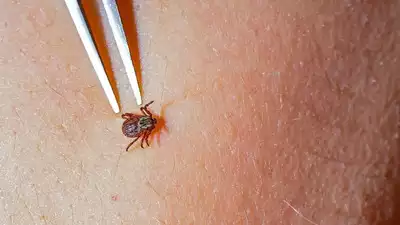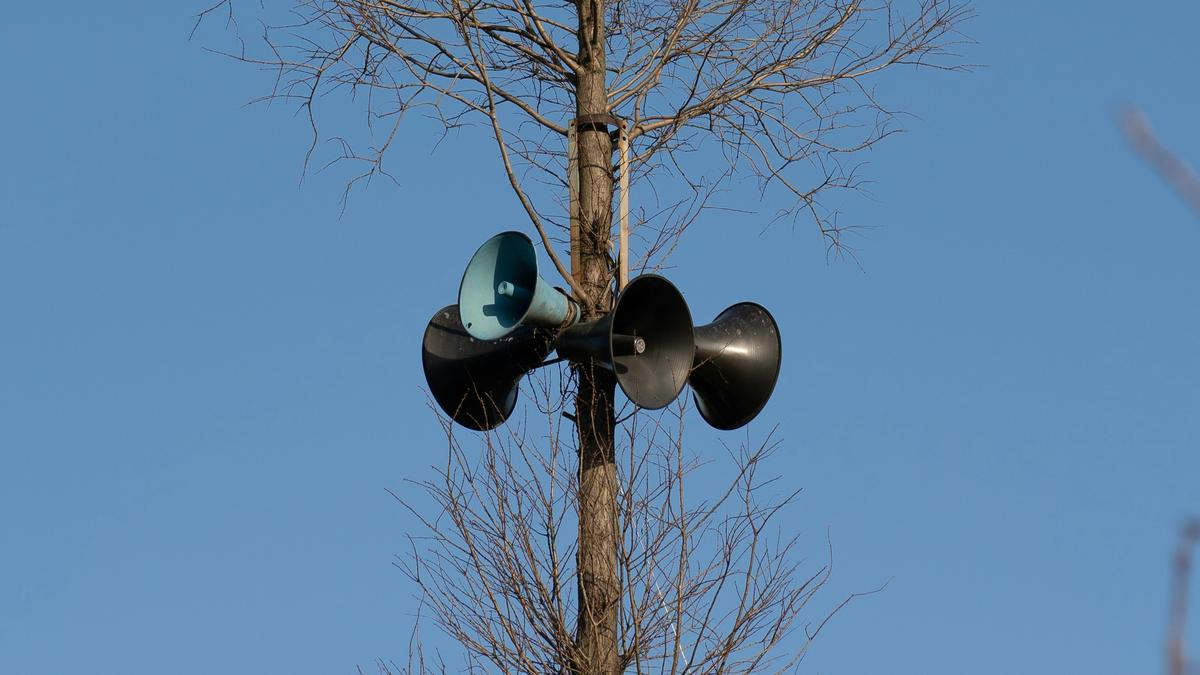



A study warns that Martian dust, with toxic particles, poses severe respiratory risks to astronauts. The dust can penetrate lungs, enter the bloodstream, and cause diseases like silicosis. Proposed countermeasures include air filters, self-cleaning suits, and dietary supplements like Vitamin C and iodine to mitigate health risks during Mars missions.

Copyright infringement not intended
According to a new study, Martian dust can cause respiratory issues and increase risk of disease.
The study ‘Potential Health Impacts, Treatments, and Countermeasures of Martian Dust on Future Human Space Exploration’ was published in the journal GeoHealth.
The study was carried out by researchers based at the University of Southern California, the University of California, Los Angeles, the University of Colorado Boulder, and NASA’s Johnson Space Center.
The findings are significant as NASA and the Chinese Manned Space Agency (CMS) plan to send their astronauts to Mars in the following decade. Their missions involve astronauts staying on Mars for months, and eventually lead to the creation of long-duration habitats on the surface.
Every Martian year (which lasts 686.98 Earth days), the planet witnesses regional dust storms that coincide with summer in the southern hemisphere. Every three Martian years, these storms grow into planet-encircling dust storms.
Martian dust poses significant health risks to astronauts because of its incredibly small particle size.
Researchers have found that the average Martian dust particle is about 4% the width of a human hair, which is much smaller than the minimum size our lungs can expel through mucus -> Can penetrate deep into the lungs and even enter the bloodstream, causing respiratory issues and an elevated risk of disease.
Martian dust contains toxic substances like silica, iron dust, perchlorates, gypsum, and harmful metals such as chromium and arsenic -> Can lead to serious health conditions, including silicosis (a lung disease commonly seen in coal miners), and other illnesses.
Using air filters and self-cleaning spacesuits equipped with electrostatic repulsion devices to remove dust particles effectively. These technologies help reduce contamination both inside habitats and on astronauts’ gear.
Dietary supplements like Vitamin C can prevent diseases caused by exposure to toxic metals like chromium. Iodine supplementation may protect against thyroid-related issues caused by perchlorates in the dust.
Source:
|
PRACTICE QUESTION Q. "Space debris poses a new form of pollution beyond Earth's atmosphere." Analyze. 150 words |











© 2025 iasgyan. All right reserved